Intergenerational action on climate and health

Amidst uncertainties, crises, and health risks—from pandemics and emergencies to climate change, which represents the biggest threat to our health and well-being in this era—we often gravitate towards immediate actions to address our present situation.
This is critical—in fact, it is the imperative for public health action. We need to develop collective capacities to prevent, prepare for, and respond to climate challenges so that we can better protect the health of our people and avoid reaching tipping points that can lead to health system collapse. But climate change is not only a health issue in the here and now. It is also a justice issue across generations. Climate change hits some populations first and the hardest, and its impacts can be felt and last across generations.
This is at the core of driving intergenerational climate change action to protect the rights, health, and well-being of future generations through strategies and measures implemented today. A 2019 Lancet article said that a child born at that time will experience a world that is more than four degrees warmer than the preindustrial average, with climate change impacting human health from infancy and adolescence to adulthood and old age.
Another study in the same year reported that 88 percent of the global health burden of climate change fell on children less than 5 years of age. Years passed and we saw that the heating world led to worsening child health issues. Climate change severely impacts the health and well-being of children today and worse, this may compromise their future.
Lack of attention to this serious matter is not acceptable. Children are disadvantaged not only because of physiological and developmental vulnerabilities, but also because of their higher likelihood of experiencing the severe effects of climate change—acting through multiple pathways—in their different life stages from womb to tomb. They will inherit the climate crisis from us, the older generations, and they will suffer even if they have little to do with the problem.
Pregnant mothers exposed to pollutants can have preterm delivery or low birth weight; children in urban areas exposed to air pollution can develop asthma and increase emergency visits and hospital admissions; their learning can be affected by extreme heat in school; those in rural areas can contract diarrhea because of unsafe water; they can become stunted and wasted because of drought-related food security issues; they can drown during extreme flooding events.
Filipino children are many times more affected by disasters than children from other countries. Those who come from poor families, who are homeless, and have no access to basic sanitation and health services are extremely vulnerable: they may fail to reach their developmental milestones; they can develop climate anxiety and depression—their daily existence dictated by, and their future ruined by climate change. On these grounds, the climate crisis violates the rights of children, young people, and future generations to a healthy and livable future.
This highlights the need to promote an intergenerational approach in climate and health action. We have to make sure that child health is front and center in our scheme of priorities. This should be reflected in our climate and health policies, plans, and programs. We should conduct more research to unravel vulnerabilities of children in different contexts to inform this. We need to recognize, acknowledge, and speak out about the health burdens of climate change and their disproportionate effects on children. We should also increase awareness on how to empower and protect them. Likewise, we should convey the child health cobenefits of climate actions.
Reducing air pollution, improving food and water security, making a switch to clean energy, and pushing for more parks and green spaces are good for the health of our environment and our children. We need to embed climate change and health considerations in the education curriculum to get children started as young as we can. They have to be taught what the problems are and what is at stake.
Lastly, we need to involve the youth in climate and health decision-making and ensure that their perspectives are heard. For this, we need to identify specific platforms to engage them and solicit their active participation. It’s about time that we listen to the youth. The climate crisis is a long-term health crisis. It requires urgent action and long-range vision.
—————-
Ronald Law is a medical doctor, public health practitioner, and academic specialized in health security issues including emergencies, disasters, climate change, and environmental concerns affecting global and national health systems.



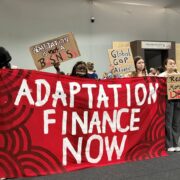



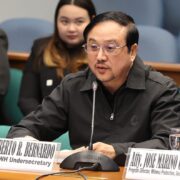
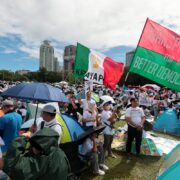
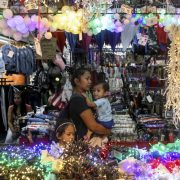


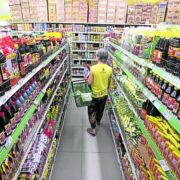




Labeling AI-generated content